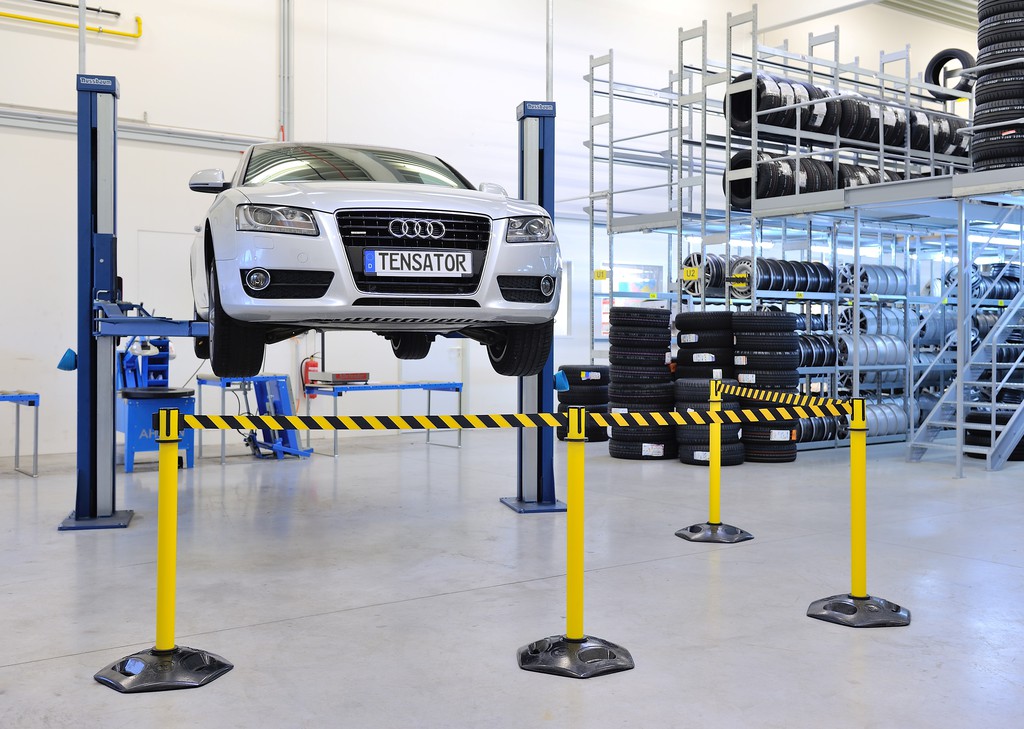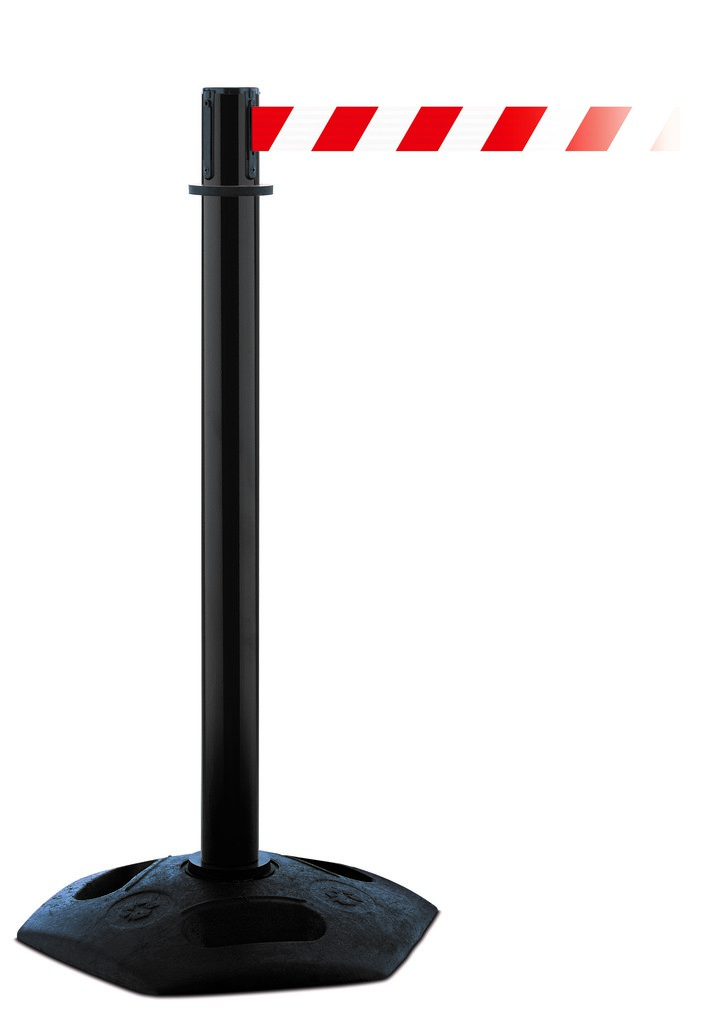
Kelly Rose
Editor

Kelly Rose
Editor
Rebecca Fennell, marketing manager at Tensator Group, a leading safety and retractable barrier specialist, discusses the dangers of working in darker conditions and identifies what precautions can be taken to alert workers to potential hazards and reduce the risk of injury. This should be a key concern for site supervisors where safety is of paramount importance.
With budgets tightening and demands on workers ever increasing, more and more construction projects are now being completed overnight to minimise disruption to members of the public. It is not just the reduced visibility caused by these darker conditions, which poses a potential hazard to staff; dwindling concentration levels and tiredness can also result in the occurrence of accidents.
The chance of being involved in a workplace accident can be up to 36% higher during the hours of darkness, highlighting the importance of maintaining a safe working environment at all times.
Working the evening shift on a construction site can be particularly problematic for staff, and not only because of the reduced levels of visibility. Research suggests that darker conditions can also significantly decrease concentration levels, and for those in potentially hazardous jobs, this could be fatal.
This does present a challenge for site managers – how do you guarantee projects are still undertaken efficiently and are completed on time, whilst ensuring complete safety for your workers? The simplest solution would be simply to work longer into the hours of daylight, but for some projects that require a closure of road networks and other nearby facilities this simply isn’t possible.
There will be a temptation to push through these night shifts by being ‘extra vigilant’ when on site, without proactively addressing the issue of reduced light. With budgets tightening and demands on staff increasing all the time, it is essential that employers display due diligence when it comes to the safety of its workers. Fortunately, stricter Construction (Design and Management) regulations have identified the need for intervention.
We have recognised the need for site managers to be able to quickly and easily highlight hazardous or restricted areas during periods of limited light and poor weather conditions.
During periods of darkness, workers can often miss hazards and areas of risk, particularly when they are on tight deadlines and are rushing. The go-to method of tackling this problem is through the erection of traditional signage, warning workers about the potential dangers ahead. However, there is a risk that staff can become a little desensitised to displays like this, particularly on sites where workers can be based for long periods of time.
Nevertheless, site managers and construction companies need to take responsibility to be innovative with their health and safety guidelines – particularly in locations that are new to workers.
Innovation could mean revamping training protocols that firms already rely on, or providing a thorough ‘recce’ of the area – though this will need to be updated throughout the construction process as risks and other hazards change over time. It can also be achieved through the installation of new practical solutions that ensures areas of risk can be pinpointed easily.
New equipment and materials have also been designed to address this problem. Safety cones, which are a staple feature on most construction sites, can help identify risky areas, though can be easily moved. Having a physical means of managing the movement of people on site means that staff will have to physically break an obstruction in order to access a hazardous area. This will further reduce the risk of injury and demonstrate a high level of accountability by employers.
Not only can these precautions help to prevent accidents to staff in the workplace, this equipment can also alert members of the public to steer clear of these sites while work is taking place.
According to HSE research, around 65,000 non-fatal workplace injuries were reported by construction workers in 2014/15. The most common of these resulted from slips, trips and falls (23%) followed by falls from heights (19%) and being struck by an object (11%). The risk of these events could have been reduced dramatically by clearly signposting potential hazards.






Danbury Court
Linford Wood
Milton Keynes
MK14 6TS
UNITED KINGDOM
01908 684600